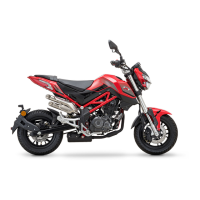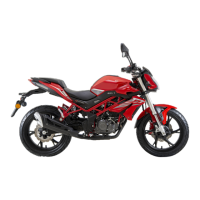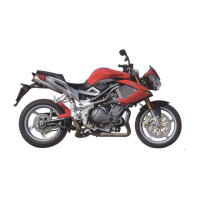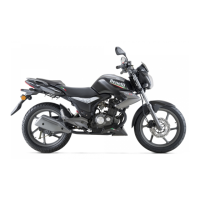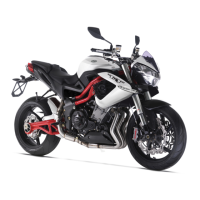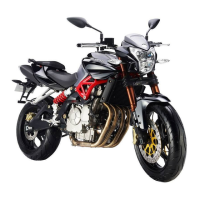Brake Fluid
Checking the Level of Brake Fluid
●See “Regular Maintenance”—“Checking the Level of Brake Fluid”.
Replacing Brake Fluid
●See “Regular Maintenance”—“Replacing Brake Fluid”.
Exhausting Air from Brake Pipe
Brake fluid compression coefficient is very small,
so almost all the work of the brake lever or brake pedal
will be transmitted directly to the calipers, thus
generating braking effect. But the air is easily
compressed. If the air enters the brake pipe, part of the
work of brake lever or brake pedal will be used to
compress the air, thus making brake rod or brake pedal
soft and reducing braking performance.
After the brake fluid is changed or the brake pipe
joint is released, operators feel the brake lever or the
brake pedal soft, the air inside the brake pipe must be
exhausted.
R
emark
○
The procedures for removing air from the rear
brake pipe are as follows. The procedures for
exhausting the air from the front brake pipe are the
same as that of the rear brake pipe.
Or
der for Releasing Air
1. Remove the brake fluid cylinder cover.
2. Remove the brake fluid cylinder diaphragm
.
3. I
nstall the pipe at the front of the drain screw a
nd
pr
epare the oil pan at the front end of the pipe.
4. First brake several times, in the state of grasping
the brake handle, loosen the oil drain screw by
about 1/2 turn, and then re-tighten it again fast.
5. Repeat the above procedures until the drain screw
drains completely bubbles
.
6. R
einstall the brake fluid cylinder diaphragm
7. Reinstall the brake fluid cylinder cover
○Check the level of the brake fluid frequently during
air discharge, and supplement it as necessary. If the
brake fluid in oil reservoir completely uses up in the
process of exhausting air,
exhaust operations should
be conducted again, because air may have entered
the brake pipe.
○To discharge air more thoroughly, please tap the
brake hose between the calipers and the oil reservoir.
- 335 -
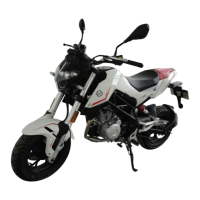
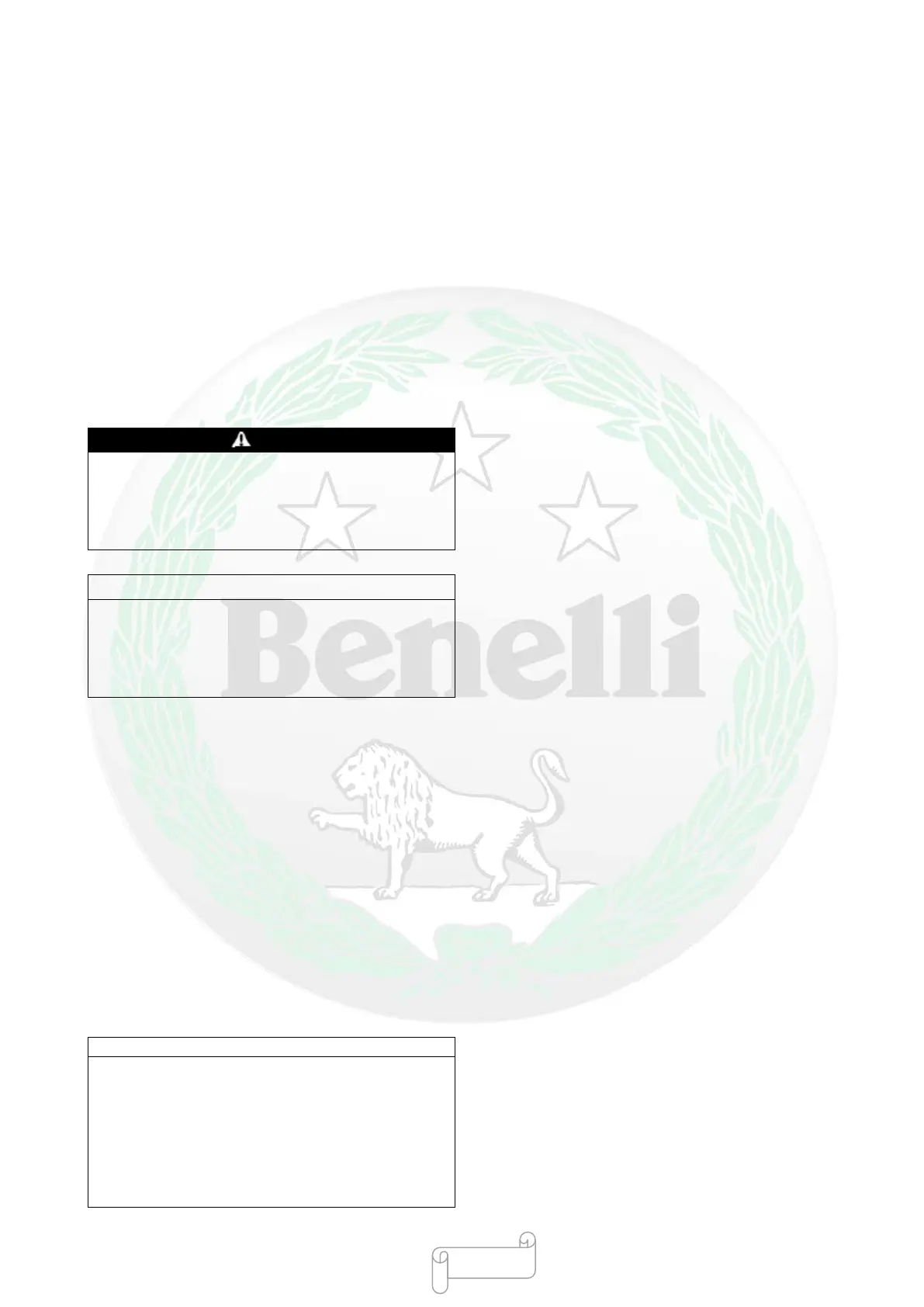